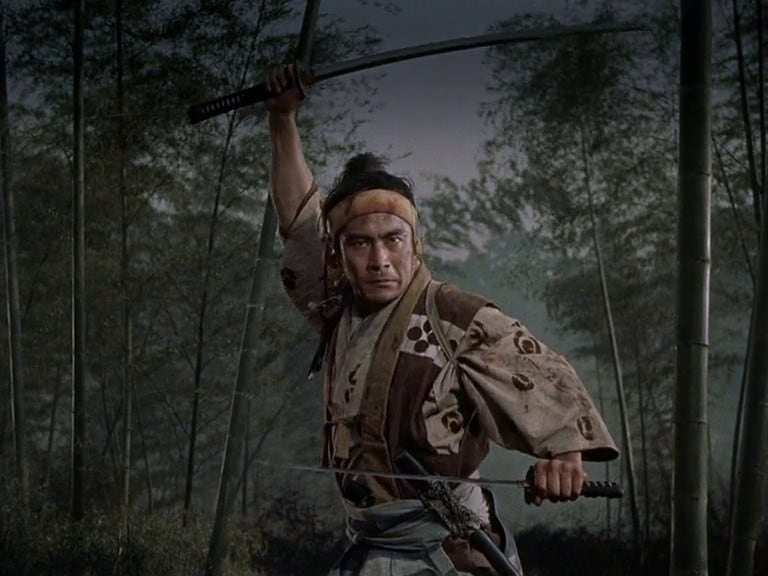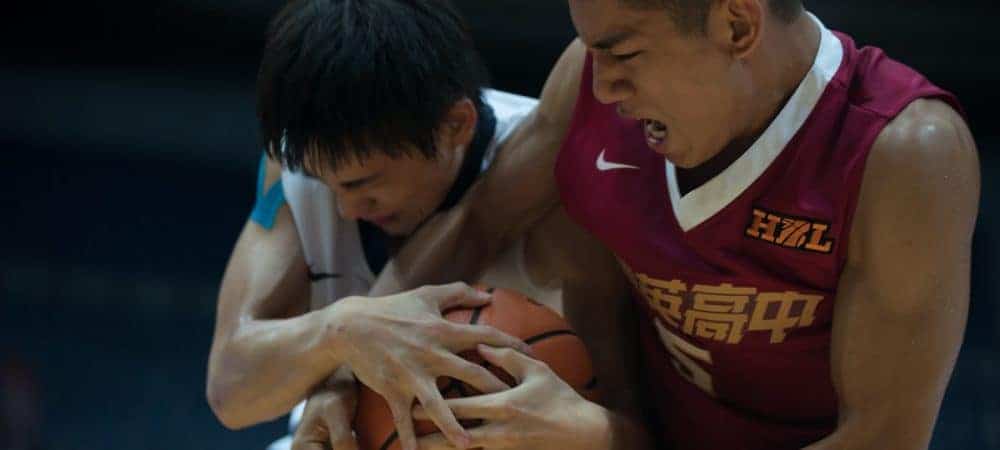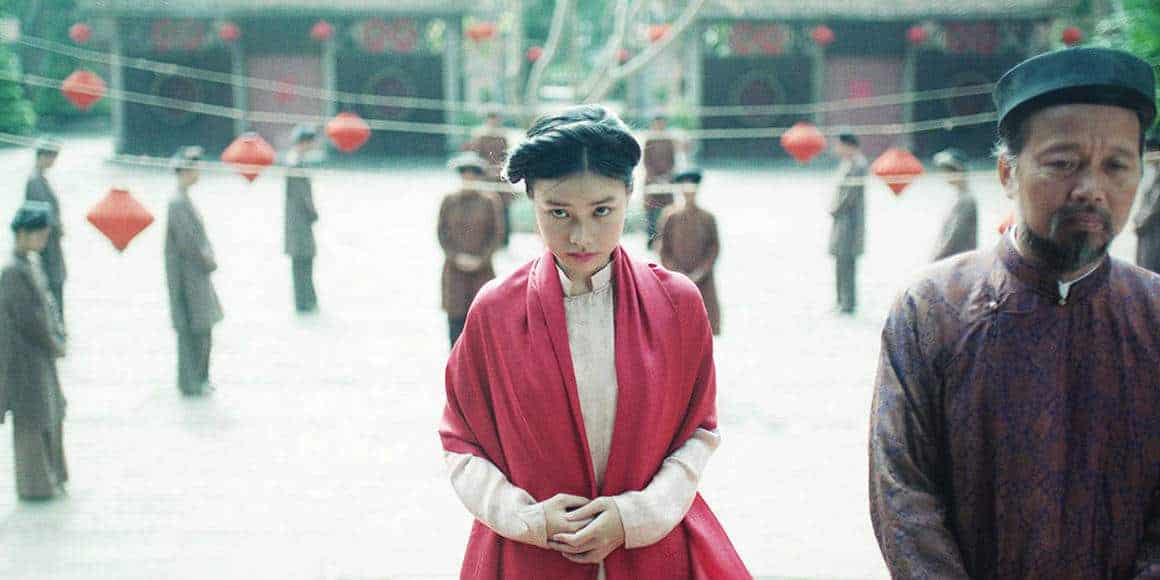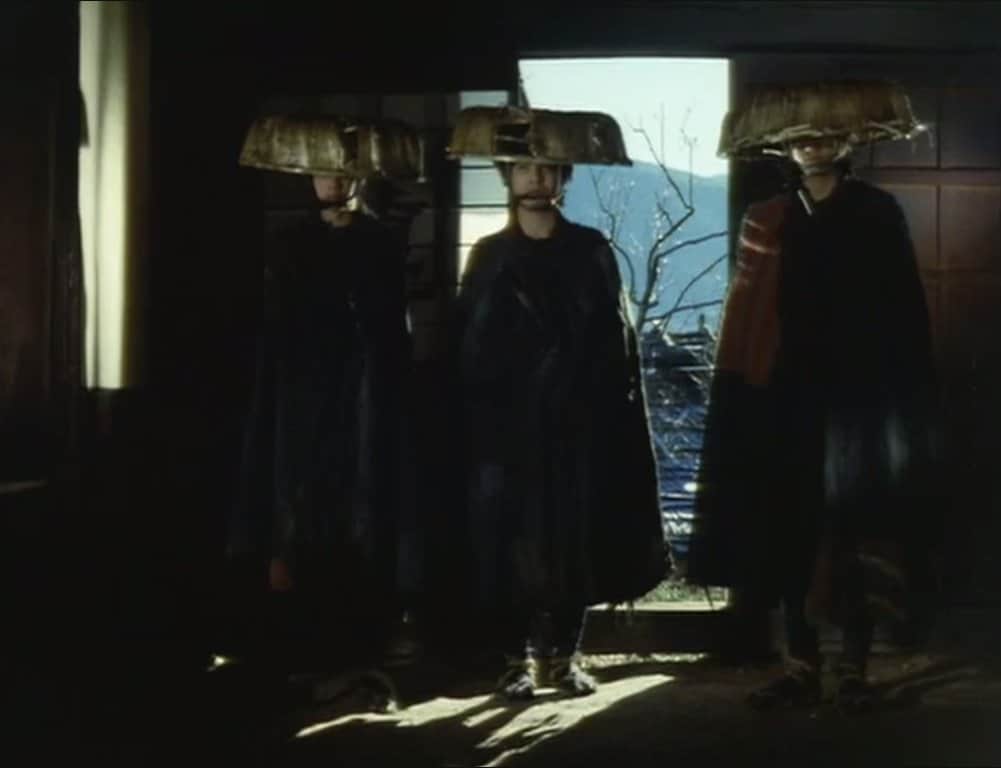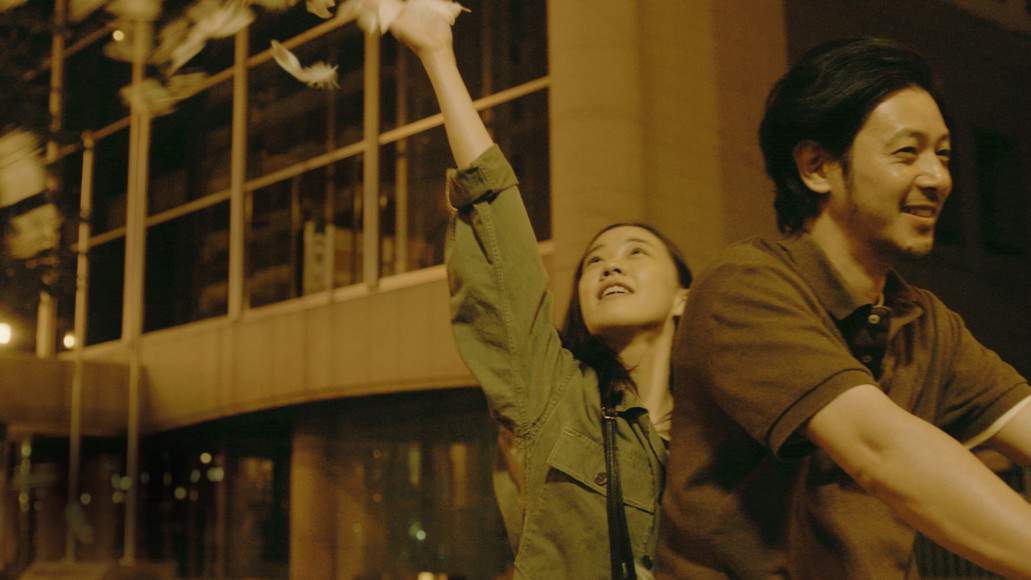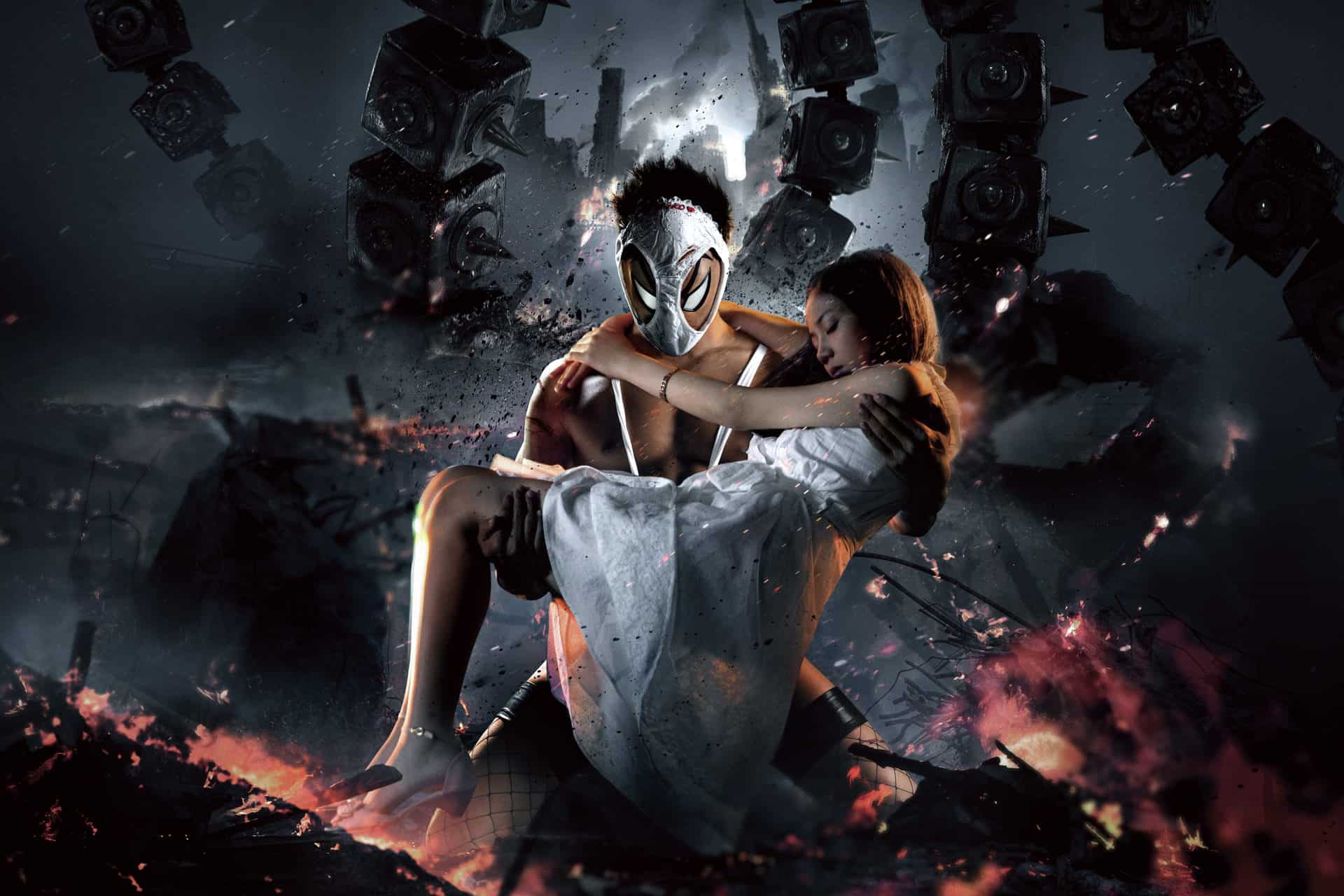Hiroshi Inagaki's “Samurai I: Musashi Miyamoto” was a critical and box office success. It was time to continue the narrative in the second entry of “The Samurai Trilogy.” Inagaki would raise more stakes, and much of Musashi's history would be covered, albeit in a more theatrically romanticized way. Also, a major player in the narrative would be introduced, one that would participate in a significant event in the life of Musashi Miyamoto. So much content would be covered in the entertaining follow-up “Samurai II: Duel at Ichijoji Temple.”
Buy This Title
on Amazon by clicking on the image below
A majority of the cast from the previous returned, but some were recast here. Rentaro Mikuni was replaced in the part of Matahachi Honiden by Sachio Sakai. This change was likely due to Mikuni's demanding schedule as he became more and more of a popular star in Japan. The renowned talent would work with many popular filmmakers in the following years, including Kon Ichikawa, Masaki Kobayashi, and Tomu Uchida. Funny enough, he would portray the role of Priest Takuan in Uchida's excellent “Miyamoto Musashi” film series.
Musashi Miyamoto is building a reputation as a phenomenal swordsman, winning duel after duel. Yet, the samurai is still in search of wisdom and knowledge. Since Musashi has set foot into society again, the world around him has also evolved. He builds a reputation as a feared fighter while those who closely know him seek to reunite with the tragic warrior. However, he is extremely determined to evolve and creates a stream of vendettas, building up to him going against an entire fencing school. Adding to that, another skilled swordsman named Sasaki Kojiro is introduced, and he shows major interest in the lead.

Conceptually, this is a great setup and shows a level of progression rather than resorting to rehashing what was established in the previous feature. The historical events here are surely way more romanticized and with fictional tweaks, as the big duel that transpired at Ichijoji Temple was far darker and horrifying than shown here. However, Inagaki's rendition clearly aims more at fictional history with touches of the truth while he also gives his own spin on Eiji Yoshikawa's writing. Where the screenplay shows its imperfections is in balancing out the various subplots. There is so much going with the numerous characters that it may feel a tad misfocused at points. Unfortunately, some of these side stories end unsatisfactorily, the key example being the return of Matahachi Honiden, who has resorted to being merely a throwaway character whose arc is rushed so fast just to essentially waste his purpose entirely. This is a shame since Honiden plays a compelling role in Yoshikawa's story rendition of Musashi Miyamoto.
Where the narrative remains strong is in the character development of Musashi Miyamoto. Undoubtedly, he has become incredibly skilled in combat, yet we are shown tidbits of a young warrior still learning as he seeks a spiritual path of enlightenment. Also displayed as a side effect of him being sheltered for so long during his time becoming a samurai, he is shown to be highly intelligent but a bit socially awkward and at times naive, which certainly humanizes him. Also shown is the swordsman slowly forming into a wiser man, yet still exhibiting moments of his previous persona bleeding into his new reformed one. We see his more vulnerable side peak with the love triangle involving him, the gentle Otsu, and the sympathetic yet occasionally venomous Akemi. One scene towards the end involving Otsu and Musashi is not only sad but downright uncomfortable to watch, truly sold by the performances of the two leads. Also excellent is the introduction of who would go on to be the warrior's most notorious foe, Kojiro Sasaki, shown to be both cunning and a formidable fighter. The unforgiving harshness of the historical period continues to give the trilogy a grittiness. The movie also balances out not taking the samurai's values too literally, as shown with the main character's journey.
The acting is solid, with Toshiro Mifune continuing to excel as Musashi Miyamoto, shown to be tough but still flawed and vulnerable. Koji Tsuruta is intimidating and engaging as Kojiro Sasaki, having an ominous presence whenever he is onscreen, almost like an angel of death looming over the lead. Kaoru Yachigusa is still as empathetic as Otsu, and with more screentime this time, Mariko Okada gets to shine as Akemi. Other talents like Akihiko Hirata, Eijiro Tono, Kokuten Kodo, Mitsuko Mito, and Michiyo Kogure also do well. Sachio Sakai is a perfectly fine replacement as Matahachi Honiden; he just wasn't given the best material to work with compared to the rest of the cast.
Visually, Inagaki and team still succeed in luscious Eastmancolor. Jun Yasumoto returns as the cinematographer and once again with exceptional camerawork. The colors pop, and there are so many impressive sets on display. As mentioned, “Samurai II: Duel at Ichijoji Temple” is a lot heavier on the action than its predecessor, and it does not disappoint as it's thrilling to watch. The big duel with Musashi Miyamoto against a countless onslaught of warriors is spectacular, which also narratively works to show just how skilled the main character has become with a sword. It is worth noting that the warrior's famous dual sword style known as “Niten Ichi-ryu” is introduced here. Also returning is Ikumi Dan, who delivers another excellent music score.
While a downgrade in quality from its predecessor, “Samurai II: Duel at Ichijoji Temple” is still a solid movie and a commendable follow-up that further amps up the stakes for the lead character. The film wrestles a bit with the subplots, and the directions some characters take are detrimental to the story. Nevertheless, the main core narrative involving the title warrior is still compelling. The introduction to Musashi's greatest opponent would be a major highlight that would carry over into the finale of this trilogy. One more film to go.


